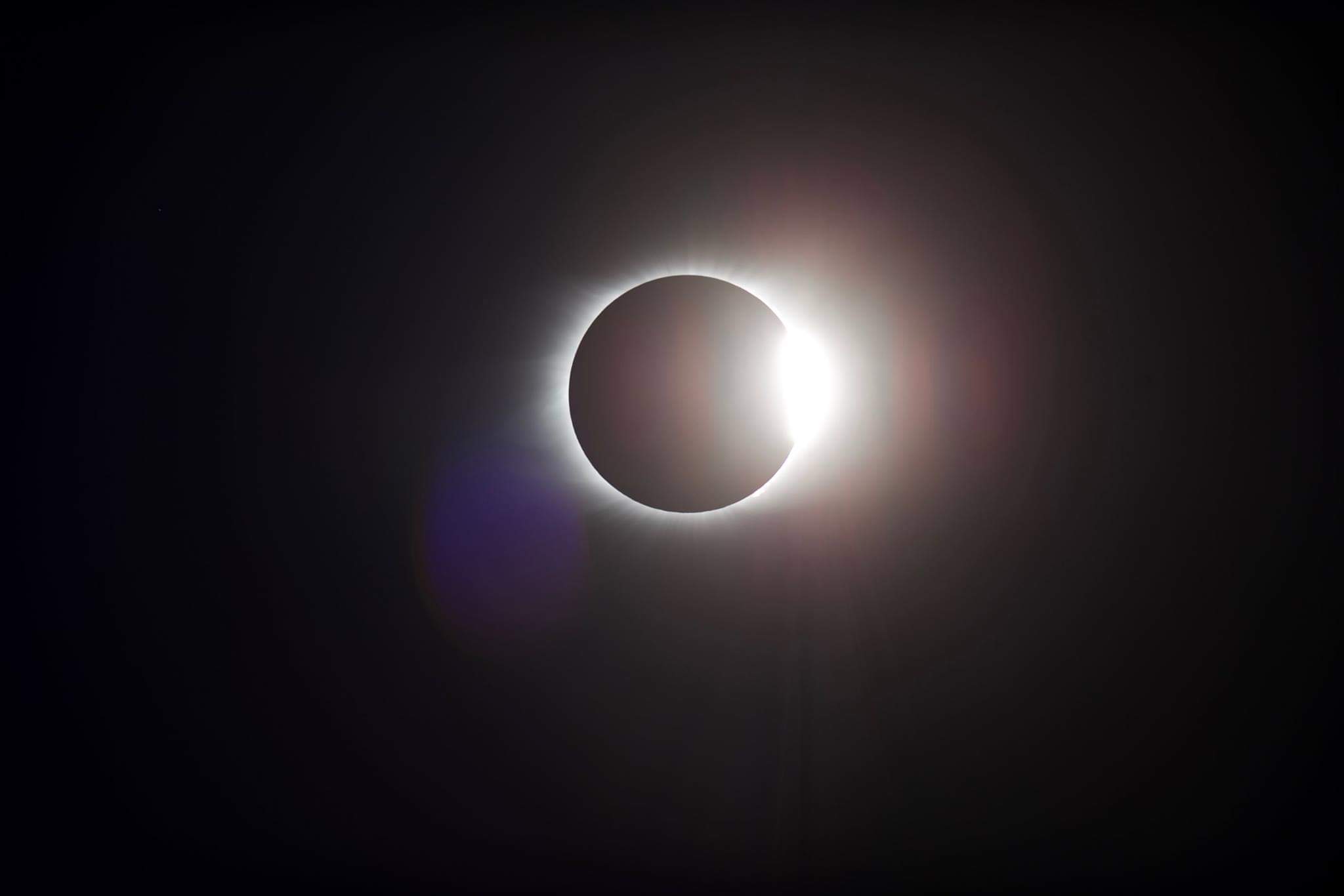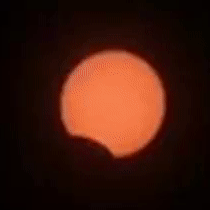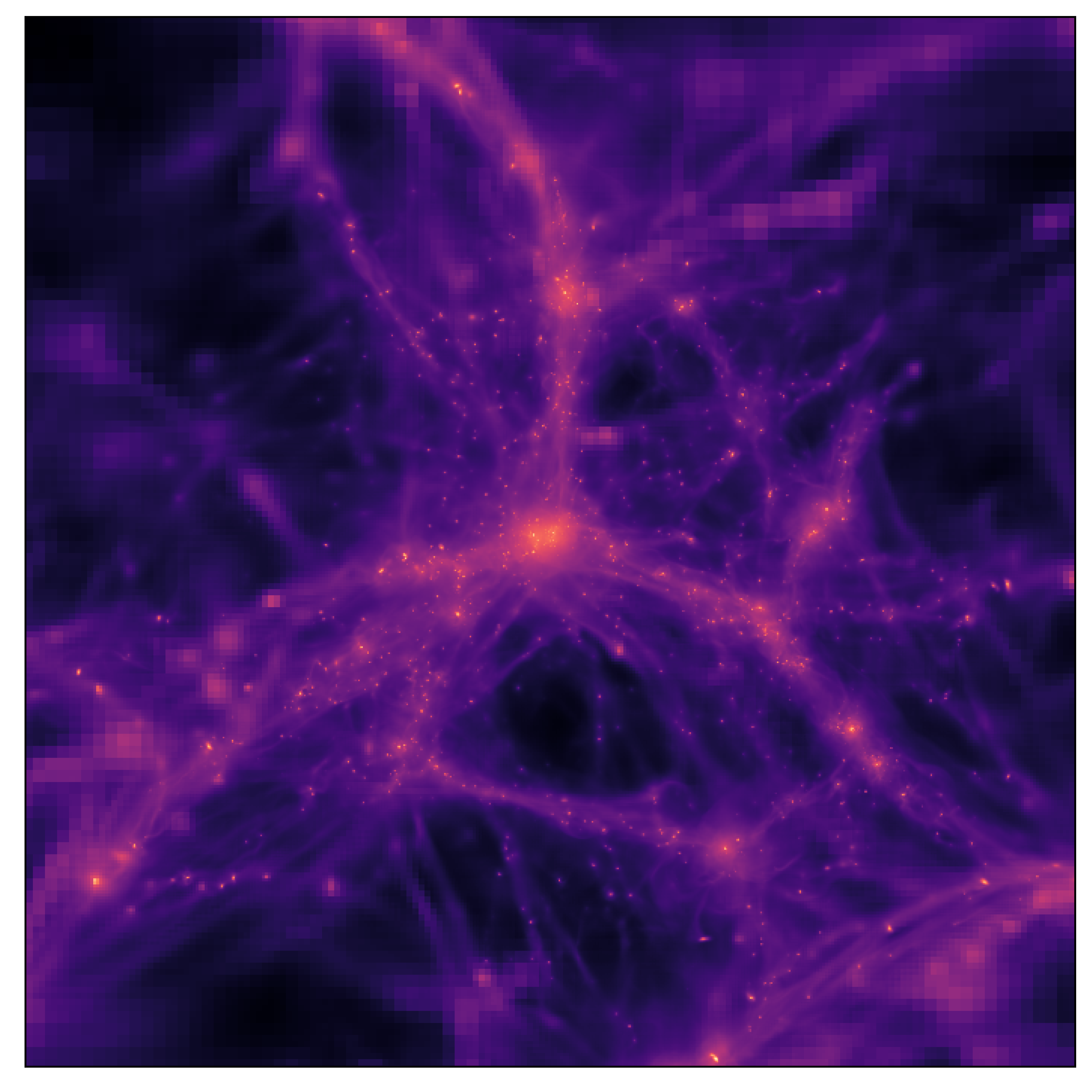Eclipse Ballooning Project
Written on January 31st , 2022 by Janvi Madhani
During the few minutes before and after totality of a solar eclipse, indistinct bands of light and dark, known as shadow bands, appear to sometimes chaotically undulate across the surface of the Earth. For decades, their origin has been attributed to atmospheric effects. In the two years leading up to the total solar eclipse that took place on 21 August 2017 over the continental United States, I and a group of undergraduates and talented scientists at the University of Pittsburgh, led by PI David Turnshek, designed a high altitude balloon experiment equipped with a complex ring of cameras and photo-diode arrays to live-stream the eclipse from near space (~25 km above the surface of the Earth) and to measure the light patterns before and after totality both on the ground and above the atmosphere. I then led the data analysis post-eclipse and quantitatively measured shadow bands at both locations, the ground and above the atmosphere, implying that their origin is not exclusively atmospheric in nature. You can read the paper on our findings, here!
Here is the stunning diamond ring effect, caused by the imperfect surface of the moon. It is the result of the last rays of sun filtering through the valleys of the moon combined with the now visible corona of the sun. This image was taken by Dr. Sandhya Rao and team from the ground based telescope setups at our site.

Here is a cute video of the partial stages of the eclipse caught by one of our solar filtered cameras on board the high altitude balloon. The rotation is caused by the wind pushing the balloon around.

